The Schirn presents the first retrospective in Germany of the Austrian Painter Richard Gerstl
He is the “first Austrian Expressionist,” and for many still an insiders’ tip: the painter Richard Gerstl (1883–1908). He only lived to be 25 years old and yet he is mentioned in the same breath as the great masters of Viennese Modernism: Gustav Klimt, Egon Schiele, and Oskar Kokoschka.
During his brief life Gerstl created an exciting and unusual, though relatively limited oeuvre with impressive highlights and pioneering innovations. From February 24 to May 14, 2017, the Schirn Kunsthalle Frankfurt will be presenting the first retrospective of Richard Gerstl’s work in Germany. His painting reflects his concern with the contradictions of modern art. He was a rebel whose paintings opposed the Vienna Secession in terms of both style and content; he rejected their concept of beauty and committed himself to an aesthetic of ugliness.
The oeuvre of a seeker
Gerstl loved to provoke and painted against the traditional rules in the conviction that he was treading “completely new paths” in art. He created merciless, confident paintings that do not adhere to earlier models and remain unique to this day. His oeuvre is that of a seeker who anticipated much of what was later articulated by other artists, for example in the paintings of Abstract Expressionism during the 1950s. The portrait, especially the self-portrait, nudes, and landscapes are Gerstl’s preferred genres.
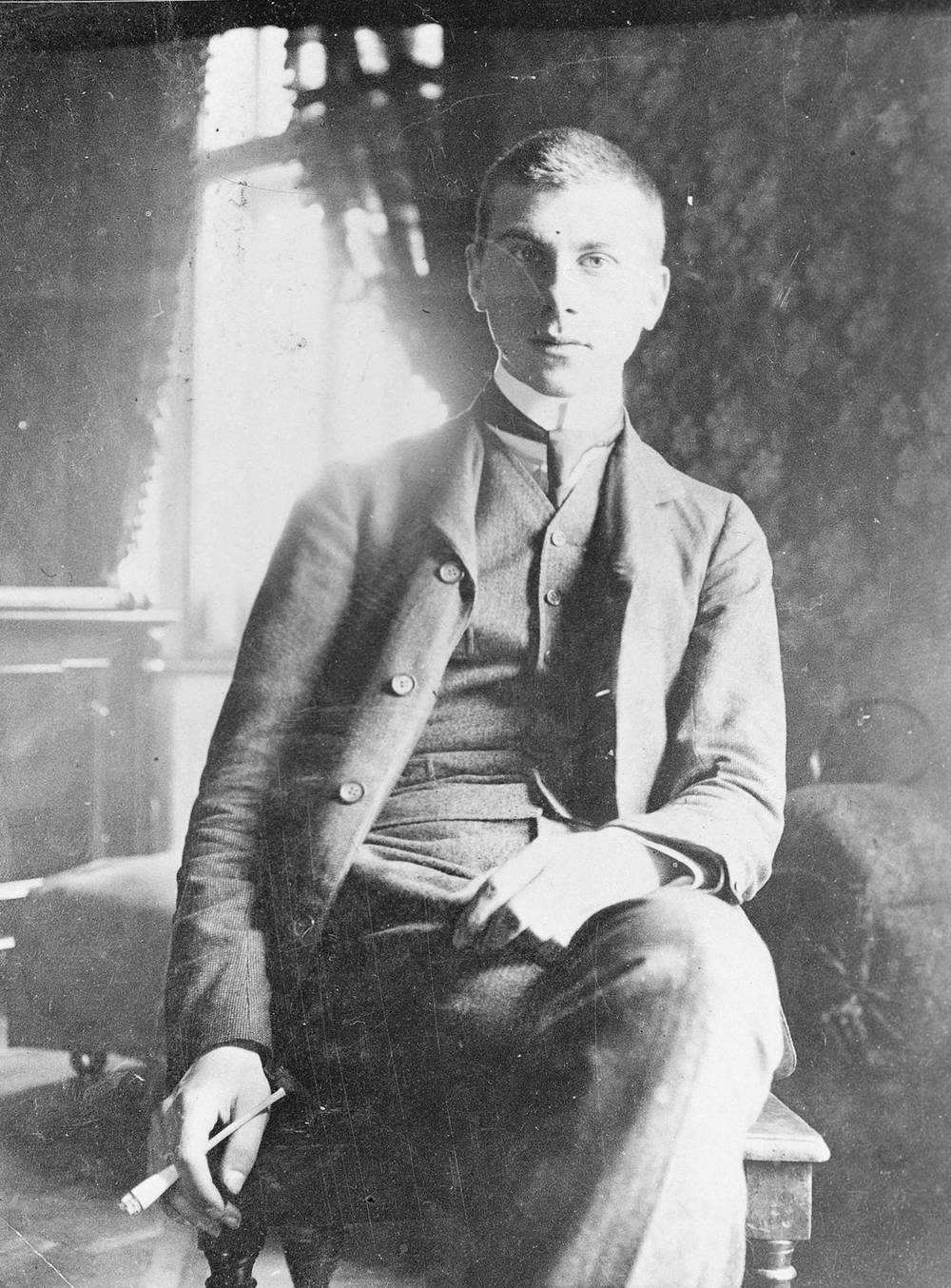
The Schirn has assembled no fewer than 53 of the 60 surviving works by Richard Gerstl, including loans from leading Austrian museums such as the Leopold Museum, the Galerie Belvedere, MUMOK, the Wien Museum, the Albertina, the Oberösterreichisches Landesmuseum Linz, and the Museum der Moderne in Salzburg. A large number also come from the Neue Galerie in New York, and further works from important private collections in Europe and the United States. A scholarly publication will accompany the exhibition that will include—for the first time since 1993—an updated catalogue raisonné.
A merciless directness
Richard Gerstl’s work originally included about 80 paintings, of which only about 60 have survived. The differences between Gerstl’s painting and that of his contemporaries, the Vienna Secessionists, are striking and involve not only artistic style but also content. Gerstl categorically refused to paint allegorical subjects and was interested in neither applied art nor graphic art. His understanding of artistic aesthetics was emphatically opposed to the approach of the Vienna Secession, which subscribed to the concept of a complete stylization and aesthetization of all aspects of life. Gerstl’s painting, by contrast, is characterized by a merciless directness with a total lack of symbolism or literary references.
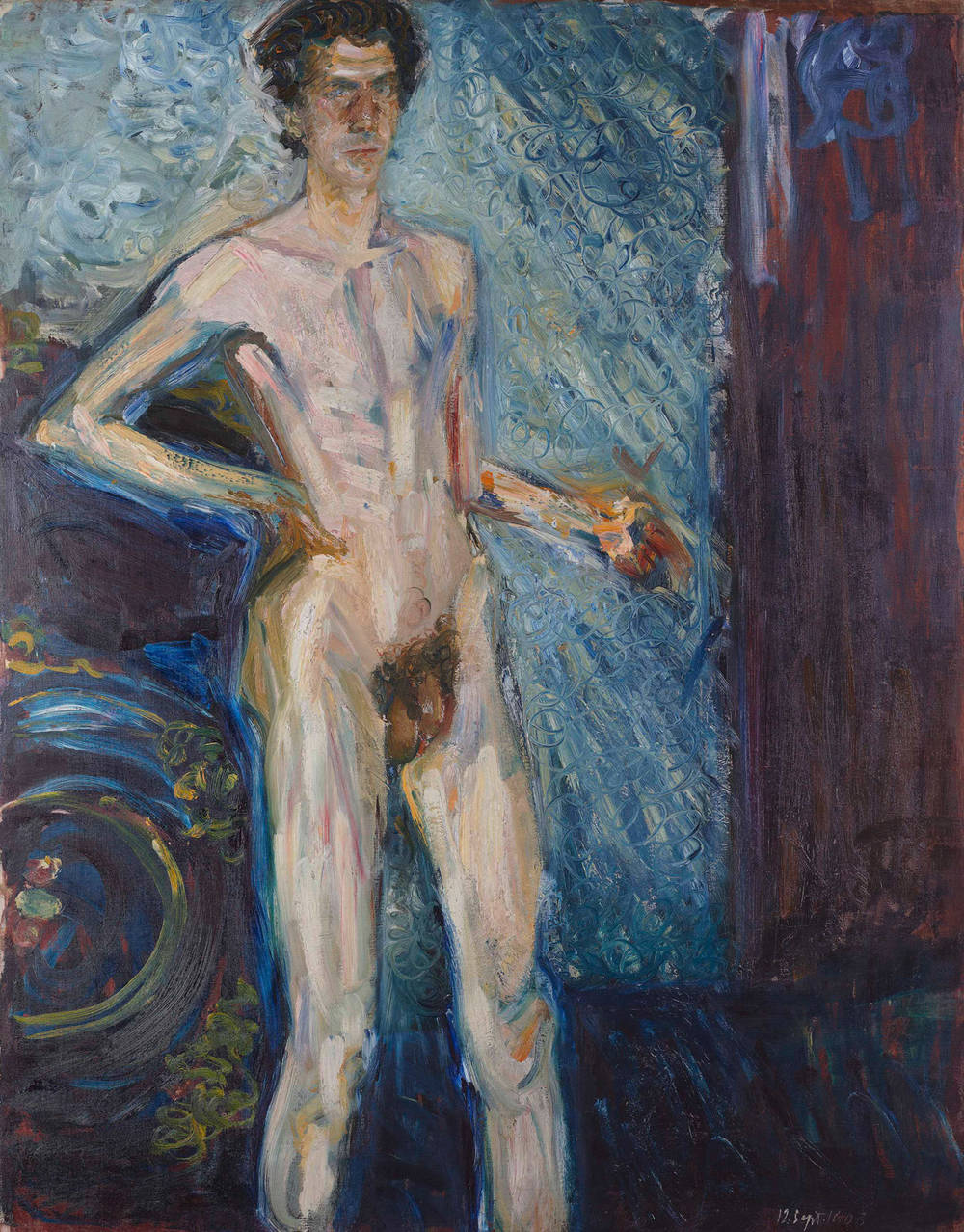
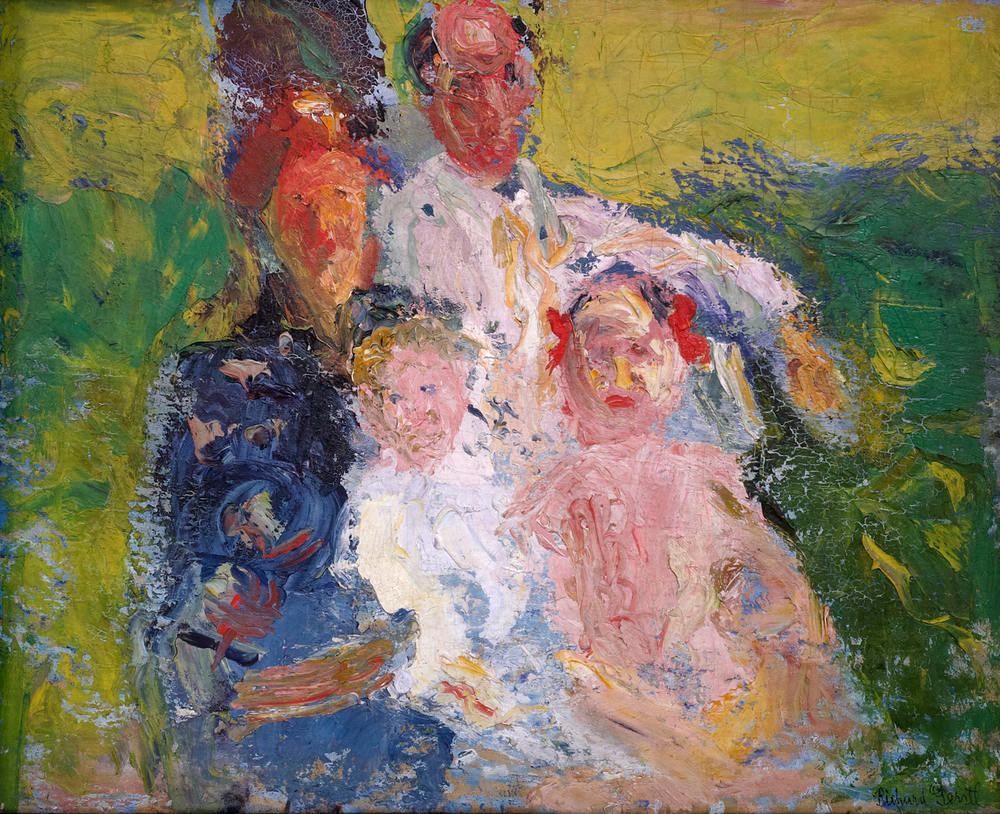
Although he moved in artistic circles from an early stage—in 1898, at the age of 15, he was accepted to the Vienna Academy of Fine Arts—he did not have a single exhibition during his lifetime. In 1908 he would have had various opportunities, but he was unable or unwilling to take advantage of them. Firstly, Gerstl sharply criticized an exhibition planned by the Hagenbund—initiated by its cofounder, Professor Heinrich Lefler, who was also his teacher at the academy. The artist’s works were excluded from the presentation for fear of a scandal. Furthermore, Gerstl himself repeatedly refused exhibition initiatives. For instance, he did not want his works to be displayed alongside those of Gustav Klimt at the Galerie Miethke directed by Carl Moll.
A self-confident statement
Gerstl’s prime interest lay in the portrait, especially the self-portrait, which he used as a means of self-inquiry. The first Semi-Nude Self-Portrait (Selbstbildnis als Halbakt) (1902/04), still firmly rooted in Symbolism, occupies a special position in the work of the Austrian artist. It was produced just one year after he left the academy and interrupted his study of painting. It is an early, self-confident statement by an artistic personality. As a painter Gerstl was well versed in art history, and he played with numerous set pieces from an art tradition that he had long since left behind as a 19-year-old.
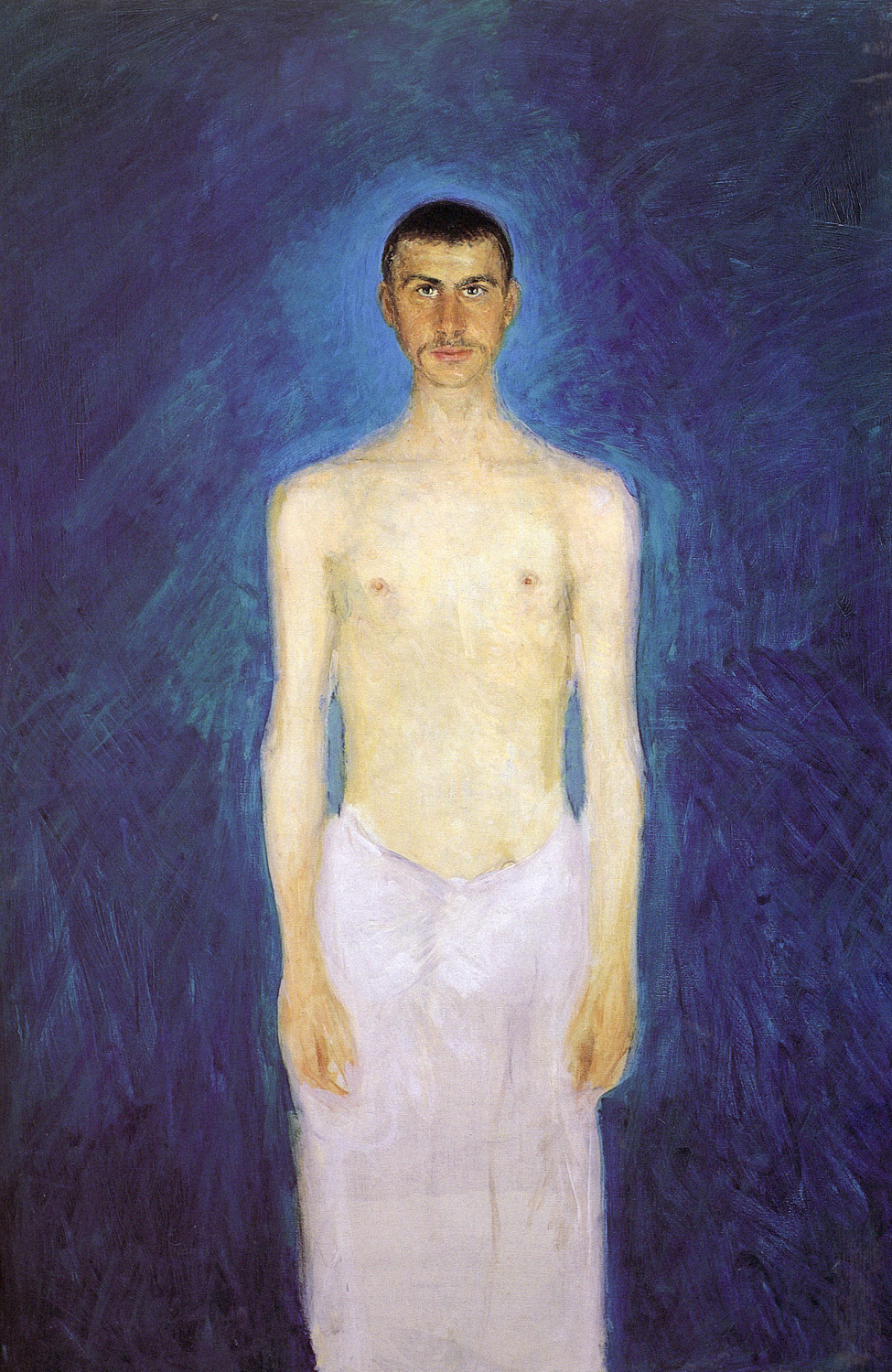
Regardless of their different styles, formats, colors, and compositions, Gerstl’s works come across as powerful and timeless to this day—as, for example, in the likeness The Sisters Karoline and Pauline Fey (Die Schwestern Karoline und Pauline Fey) (March/April 1905). The two women seem almost surreal: without hands, feet, or bodies, and without a real space or background, their peculiar facial expressions and huge black pupils evoke a strange, dreamlike effect. The composition recalls works by Édouard Manet (1832–1883). Besides French Impressionist, Gerstl also oriented himself toward other leading figures of international Modernism, especially Edvard Munch (1863–1944), Ferdinand Hodler (1853–1918), and Vincent van Gogh (1853–1890), whose works were being shown in Vienna at the time. The Austrian artist did not exhaust himself with paraphrases, however, but developed his own original reinterpretations.
A radical conclusion
Gerstl met the composer Arnold Schönberg (1874–1951) and his wife Mathilde (1877–1923), whom he gave private painting lessons, in 1906. Apart from the self-portraits, Mathilde Schönberg, who later became Gerstl’s lover, is the most frequent motif of his paintings. In contrast to the direct and lively style of his self-portraits, the artist always encounters Mathilde in his paintings as withdrawn, dispassionate, and passive.
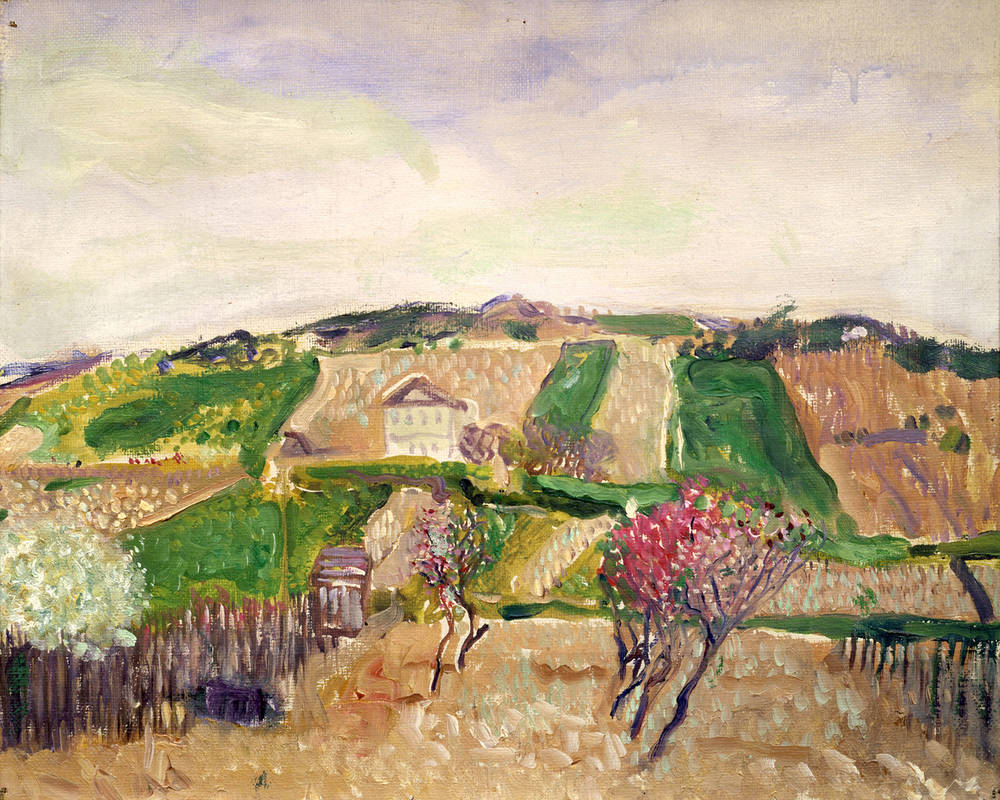
Gerstl’s last painting, Seated Female Nude (Sitzender weiblicher Akt) (fall 1908), features the nude Mathilde in his studio. The expressive-abstract painting was probably created a few days before the artist’s death and marks a radical conclusion to his work: after Mathilde returned to her husband and the rupture between Gerstl and the circle around Schönberg took place, without any prior warning the artist committed suicide by stabbing and then hanging himself in his studio on November 4, 1908, at the age of just 25.
The exhibition “Richard Gerstl A Retrospective” will be on view at the Neue Galerie in New York from June 29 to September 25, 2017. It is the first show in the United States.
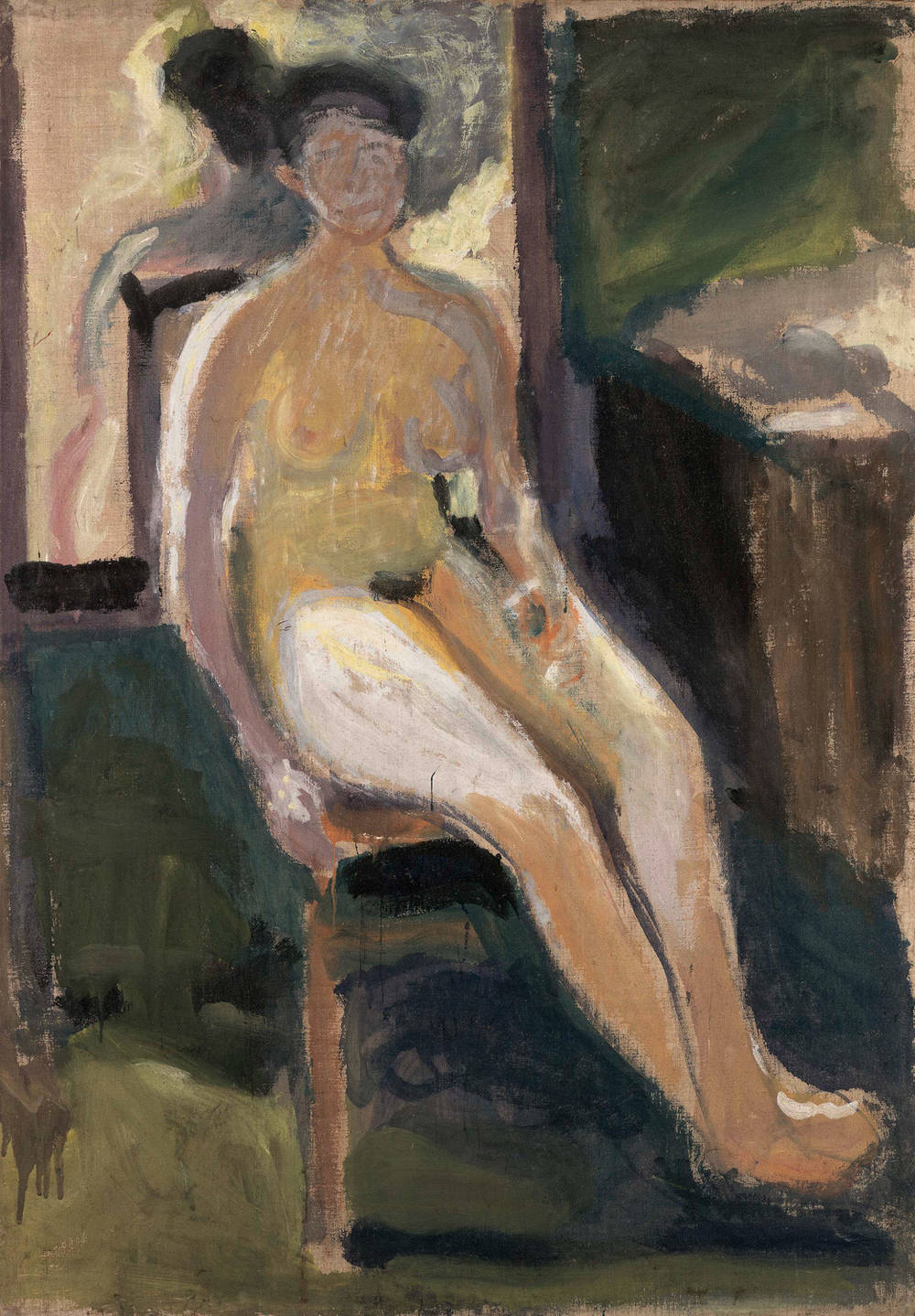

How Hip Hop sings about its dead
Death plays a large part in Hip Hop. The tragic early passing of legends such as Biggie Smalls and Tupac, not to mention rising superstars like...

5 questions for Mary Messhausen and proddy produzentin
With the performance "Thonk piece: Hungry for Stains", drag queens Mary Messhausen and proddy produzentin will open the exhibition COSIMA VON BONIN....

HIP HOP IS BLACK CULTURE – NOT THE OTHER WAY AROUND
Hip hop’s 50th birthday is an occasion for us to listen to some old records and mixed tapes and to look back at the most important hip hop films of...

Now at the SCHIRN:COSIMA VON BONIN
The SCHIRN is showing a unique presentation of new and well-known works by COSIMA VON BONIN until June 9.

SHALLOW LAKES – plumbing the depths
In the SCHIRN’s rotunda, MELIKE KARA is presenting a series of sculptures that are reminiscent of bodies of water or small lakes. So, what’s this...

Ukrainian art in Frankfurt - When anatomy becomes political
The art of Ukrainian artist Vlada Ralko gets under your skin - quite literally. At the heart of her drawings and large-scale paintings lies the human...

Vestiges of the Past in the Present
For decades now, Anita di Bianco has been exploring corrections and rectifications in international newspapers. In the next DOUBLE FEATURE she will be...

When subculture becomes mainstream – a balancing act
Regardless of whether it is hip hop, techno, or the queer scene: It is not unusual for the aesthetics of countercultures and subcultures to morph into...

Now at the SCHIRN: THE CULTURE: HIP HOP AND CONTEMPORARY ART IN THE 21ST CENTURY
Coinciding with the 50th anniversary of the birth of hip hop, the SCHIRN dedicates a major interdisciplinary exhibition to hip hop’s profound...

Julia Feininger – Artist, Caricaturist, and Manager
Art historians can tell us a lot about LYONEL FEININGER, but who was Julia Feininger and what legacy did she bequeath to the world of art?